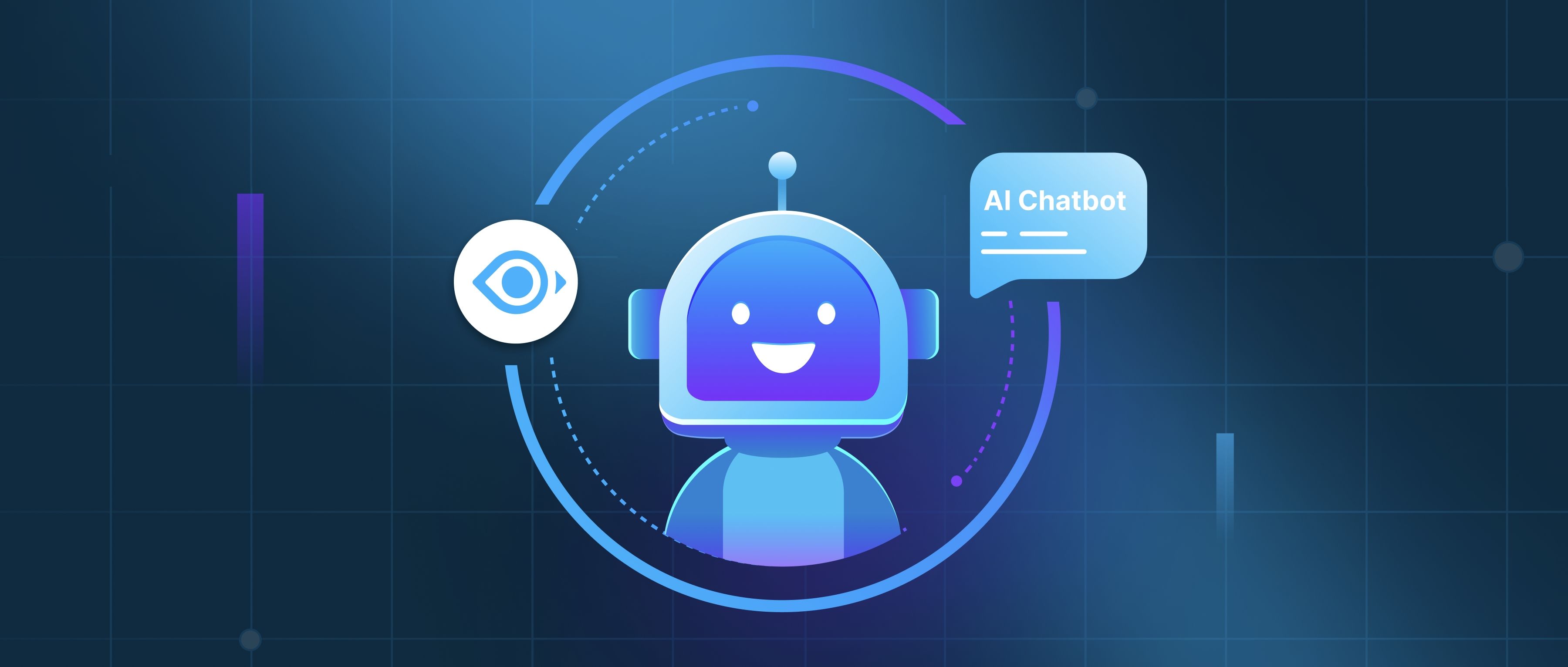DeepResearch, a tool that automates and enhances research workflows, has demonstrated significant time savings in several key areas compared to traditional manual approaches. Below are three concrete examples where its impact is notable:
1. Literature Review and Synthesis Traditional literature reviews require researchers to manually search databases, skim hundreds of papers, and extract relevant insights—a process that can take weeks. DeepResearch accelerates this by using natural language processing (NLP) to analyze and summarize large volumes of text. For example, in biomedical research, it can identify trends across thousands of studies, highlight conflicting findings, and generate structured summaries. A team studying Alzheimer’s treatments might use it to map connections between genetic markers and drug efficacy in days instead of months. This automation reduces human error and allows researchers to focus on higher-level analysis.
2. Data Extraction from Unstructured Sources Manually extracting data from PDFs, scanned documents, or handwritten notes is error-prone and time-consuming. DeepResearch employs optical character recognition (OCR) and machine learning to convert unstructured data into structured formats (e.g., CSV, JSON). For instance, in clinical trials, it can parse patient records to extract dosage details, outcomes, and adverse events, which might otherwise take a team weeks to compile. A developer could configure custom templates to automate extraction for specific use cases, like pulling financial data from annual reports, saving hours of repetitive work.
3. Hypothesis Generation and Experiment Design Researchers often rely on intuition or incremental approaches to formulate hypotheses. DeepResearch can analyze existing datasets and academic papers to propose novel research questions or experimental parameters. In materials science, it might suggest untested combinations of compounds for battery development by identifying gaps in published research. This reduces trial-and-error cycles and helps teams prioritize high-impact experiments. For example, a startup developing carbon capture materials could use it to narrow down 50 potential solutions to 5 viable candidates in days rather than months.
By automating repetitive tasks, improving accuracy, and uncovering hidden patterns, DeepResearch allows technical teams to allocate more time to innovation and validation. Its strength lies in transforming unstructured or fragmented data into actionable insights faster than manual methods.
